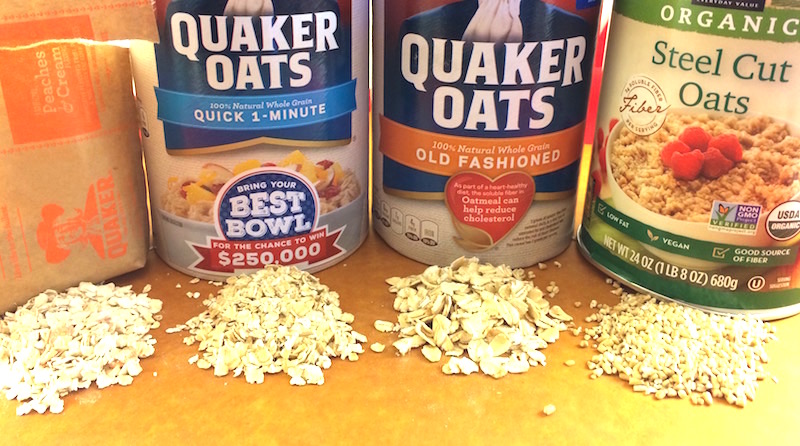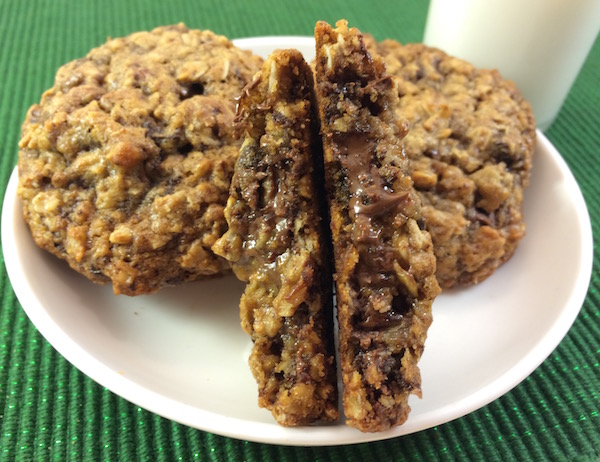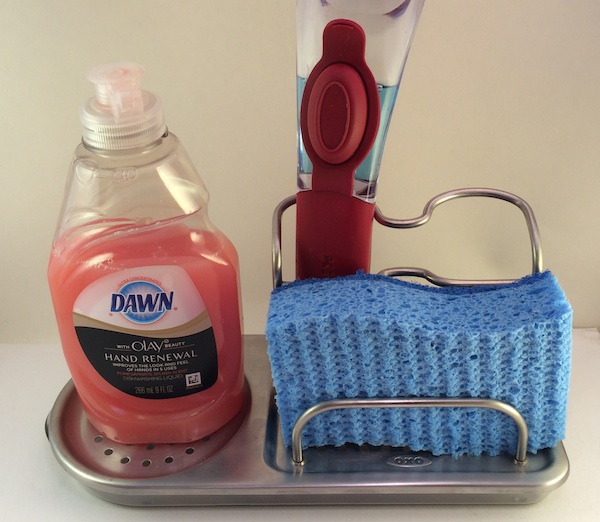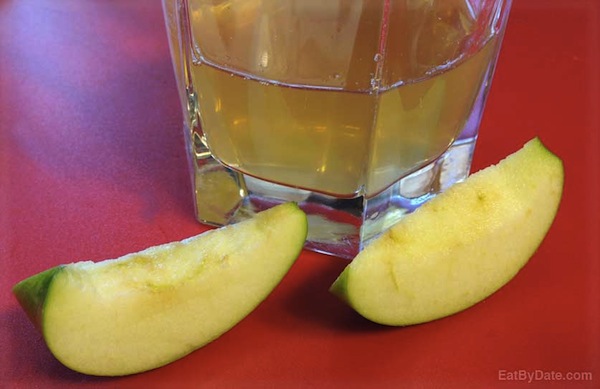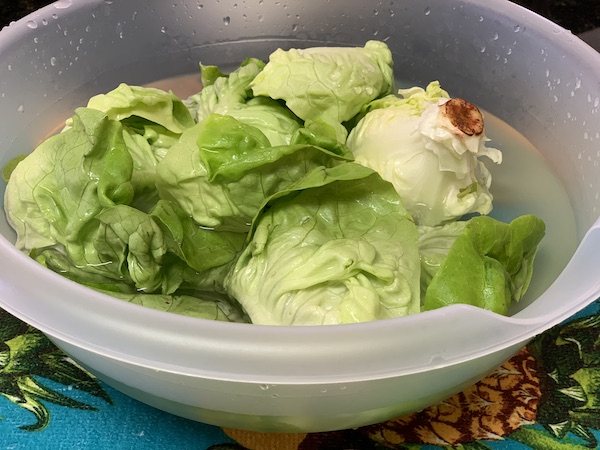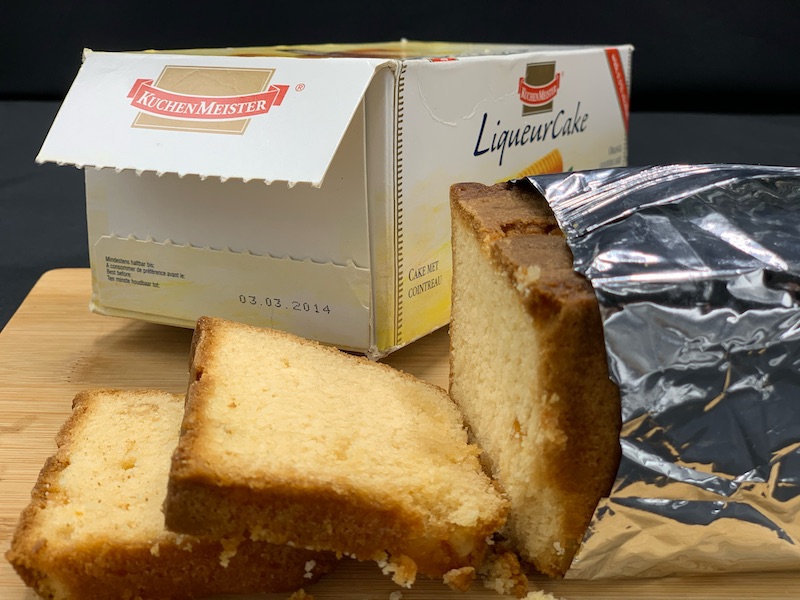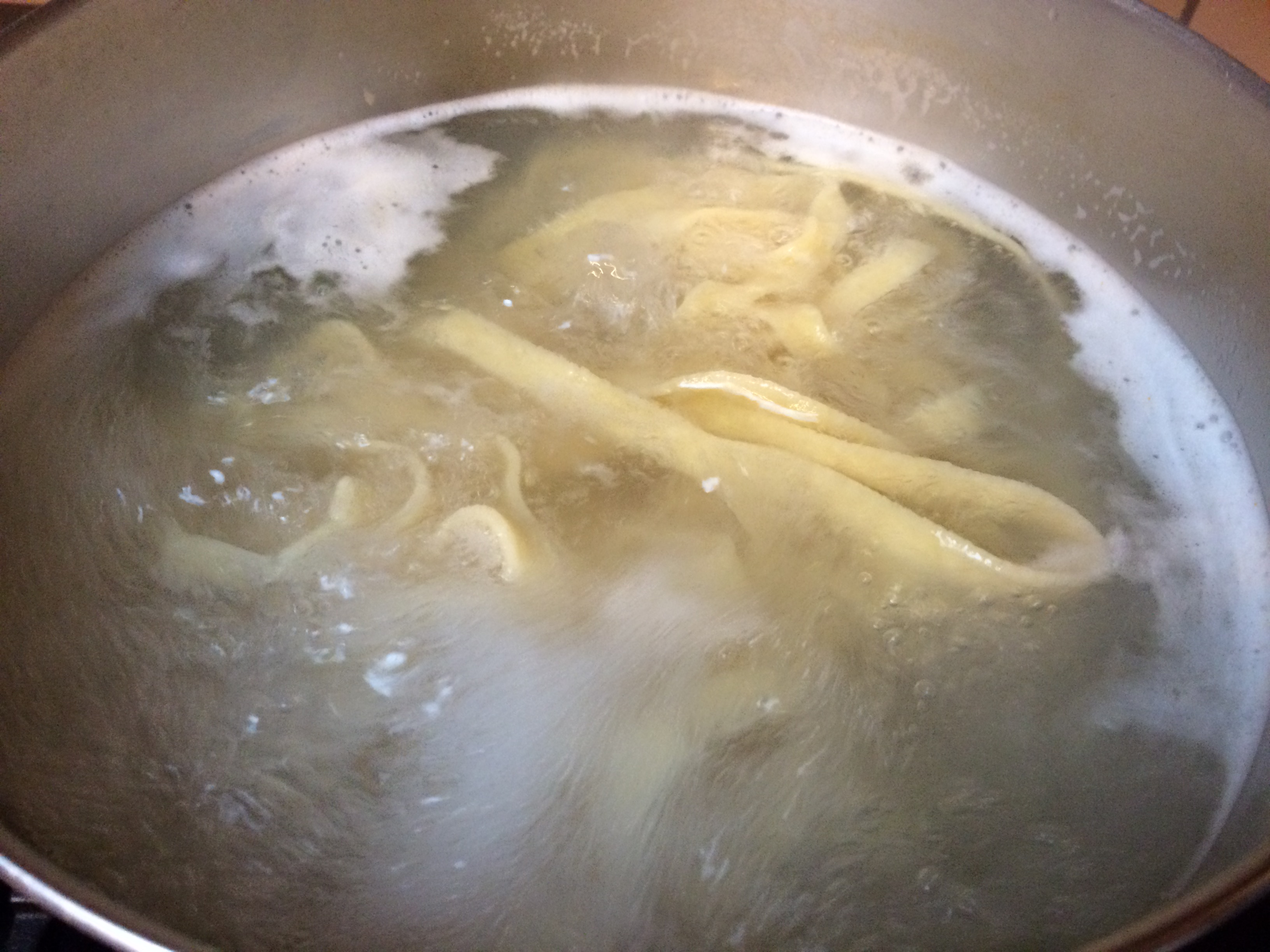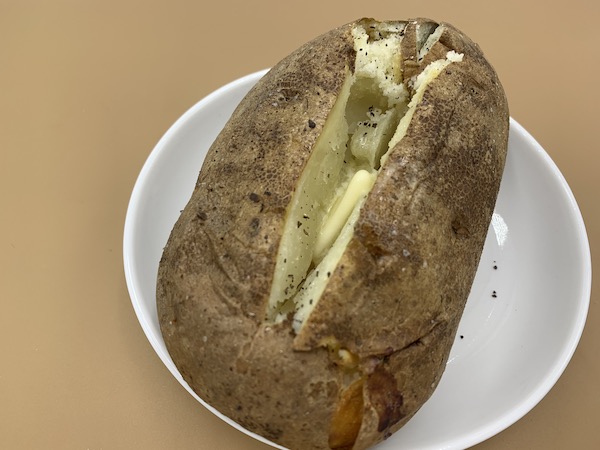What is Charcuterie?
Question:
What is charcuterie?
What is a charcuterie board?
How do you assemble charcuterie?
Answer:
Charcuterie is a type of cooking that was developed to preserve meats (mostly pork) before refrigeration was readily available. This French word is used to describe or include any meats that are smoked, cured or otherwise cooked. Meats in this category include salami, pepperoni, bacon, ham, sausage, terrines, galantines, ballotines, pâtés, and confit. Charcuterie meats are sometimes purchased outside of the refrigerator section, but once the seal is broken they should be re-sealed and refrigerated to keep from further drying out.

What is a Charcuterie Board?
Define Charcuterie
Charcuterie refers not only to preserved meats, but the delicatessen type shops where these meats are sold are also called Charcuteries.
A charcuterie board will display a selection of different textures and flavors of these specialized meats. Meats generally presented on a charcuterie board are usually European types of meats which are usually sold in a deli or specialty shop and not alongside the bologna at the grocery. Some charcuterie selections can include Speck, Chorizo, Pâté de Champagne, Prosciutto di Toscano, Prosciutto di Parma, Finocchiona, and Saucission sec., to name a few.
Presentation
A Charcuterie board is a fancy display of these thinly sliced specialty meats, pâté selections and/or whole salami to slice. A charcuterie board will usually include a selection of these meats along with cheeses and extras such as nuts, fruits, spreads, mustards, jellies, crackers, breads, olives, pickles, etc. to complete the board.
The meats and cheeses on a charcuterie board are arranged with a bit of artistic flair on a large wooden or marble board so that they appear appetizing and interesting. Vary the textures & flavors for eye & palette appeal. These boards can be purchased ready made, but get creative and make your own while saving a little money.
Quantity
How much meat should be provided on a charcuterie board?
A general guideline for provisions of meat on a charcuterie board is 1.5 ounces of each type of meat per guest. A general guideline for the amount of cheese presented on a charcuterie board is 1 ounce of each type of cheese per guest.
Charcuterie Storage

Charcuterie meats are sometimes purchased from a shelf and not a refrigerator. Salami and pepperoni packages are the perfect example, you can usually find them both in the refrigerator section and on the shelf in larger grocery stores. But, like any type of meat, one must be sure that they are fresh and safe to consume. Take the above picture for example, both best by dates are well before their time, yet notice the difference in the color of the meats. The one on the left is the accepted coloring for these particular charcuterie meats while the one on the right appears a grayish brown, making it questionable as to its age. This re-sealable package, although found in the refrigerated section right next to the other, may have either been sealed improperly, or previously opened and then re-sealed again, allowing air into the meats and the process of oxidation to begin or it may have had extended exposure to light. Again, proof that packaging and storage is often just as, if not more, important than a best by date when judging a product. The meats on the right will not look as appealing when displayed on a charcuterie board, but color alone is not an indication that the meat has spoiled. There are other factors to consider which we discuss on our deli meat page.
NOTE: Once charcuterie packages are opened, even if they were purchased on a shelf, they should be constantly refrigerated after opening to prevent further drying. But, refrigeration is not necessary for safety as these meats actually taste better when served at room temperature. Charcuterie meats can be safely kept on a cool dark shelf for up to 3 days as long as any cut surfaces have been re-sealed with a piece of plastic wrap.
More Detail
The following picture is from a detailed article in Food and Wine with instructions on how to build a first class charcuterie board. These are just the pre-sliced meats available for placement on a board, click the picture for this kind of detail on everything charcuterie. 
What is a Charcuterie Board?
Additional Information
If making a charcuterie board for appetizers before Easter dinner, don’t forget to include some delicious and super easy to peel steamed eggs. If using the eggs in a hunt, be sure that they are kept safe before using them to make deviled eggs for a board.
Planning a party? If so, it’s also good to know how many glasses per bottle and how many appetizers per person to ensure that guests have enough (but not too much) food and drink to last throughout the party.


